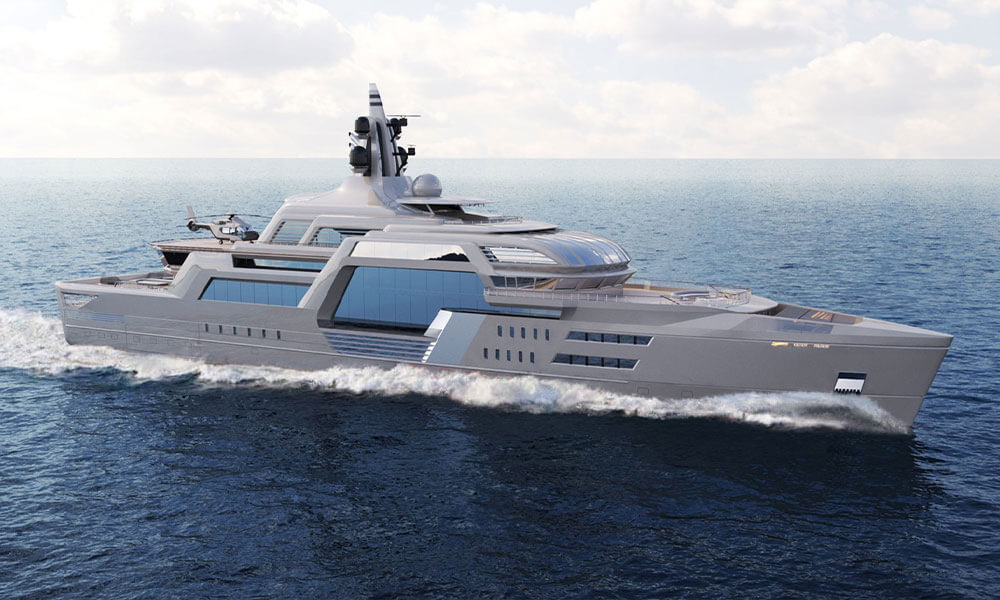Optimal yacht charter timing depends heavily upon regional climate patterns, seasonal wind conditions, and temperature variations that dramatically impact guest comfort and activity possibilities during maritime voyages. Understanding destination-specific weather windows enables charter guests to select ideal periods for their preferred activities while avoiding challenging conditions that could compromise safety or enjoyment. Weather expertise becomes essential when planning yacht charters, and resources dubriani.com provide valuable seasonal guidance that helps guests identify optimal timing for different charter destinations.
Mediterranean seasonal patterns
Mediterranean yacht charters experience peak conditions between May and September when warm temperatures, calm seas, and minimal precipitation create ideal circumstances for yacht exploration. Summer months provide the most stable weather patterns with light winds and clear skies, enhancing outdoor activities and swimming opportunities. Spring and autumn shoulder seasons deliver excellent weather conditions with reduced crowds and moderate temperatures that many experienced charter guests prefer for their enhanced comfort and value. Winter charter opportunities exist in southern
Caribbean climate considerations
Caribbean charter seasons peak during winter when dry trade winds and warm temperatures create perfect conditions for yacht exploration throughout diverse island destinations. December through April provides the most reliable weather patterns with minimal rainfall and consistent trade wind patterns that enhance sailing experiences. Hurricane season affects Caribbean charter planning between June and November, though southern Caribbean islands experience reduced storm frequency and intensity compared to northern regions. Year-round warm temperatures make Caribbean destinations attractive for yacht charters regardless of season.
Pacific destination timing
French Polynesia experiences optimal charter conditions during the dry season between May and October, when trade winds provide excellent sailing conditions and minimal rainfall enhances outdoor activities. These months feature consistent weather patterns with moderate temperatures and clear skies. Fiji charter seasons peak during dry winter when southeast trade winds create ideal sailing conditions while temperatures remain comfortable for outdoor activities and water sports.
- May through October provides optimal conditions across most Pacific charter destinations
- Trade wind patterns create consistent sailing conditions during peak charter seasons
- Dry season timing minimises precipitation while maintaining comfortable temperatures
- Hurricane and cyclone seasons require careful planning and weather monitoring systems
- Regional variations exist between different Pacific island groups and charter areas
Hawaii experiences relatively consistent weather year-round, though winter brings larger swells and increased precipitation that can affect charter activities and guest comfort levels.
Weather forecasting resources
Modern meteorological technology enables accurate weather prediction, supporting safe charter planning and real-time route adjustments based on changing conditions. Satellite imagery, wind forecasting, and precipitation prediction help charter teams make informed decisions about itinerary modifications. Regional weather expertise becomes invaluable for charter planning as local meteorologists understand regional patterns, seasonal variations, and microclimate factors that affect specific charter destinations and routes. This specialised knowledge enables more accurate predictions than general weather forecasting systems.
Activity-specific timing
Water sports require specific weather conditions, including calm seas, moderate winds, and clear visibility, enabling safe participation and maximum enjoyment. Different activities have varying weather requirements, influencing optimal charter timing for specific guest preferences. Photography and sightseeing activities benefit particularly during periods with clear skies, good visibility, and moderate temperatures that enhance comfort during extended outdoor activities and exploration expeditions. Weather planning requires understanding regional climate patterns, seasonal variations, and activity-specific requirements that align with guest preferences and charter objectives for optimal maritime experiences.













